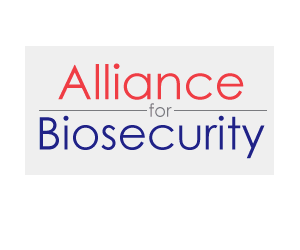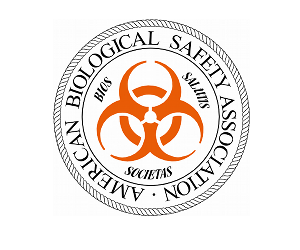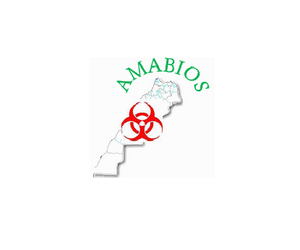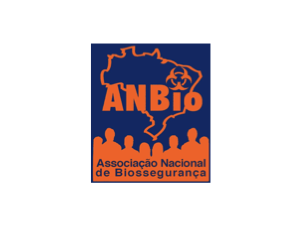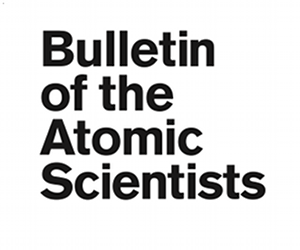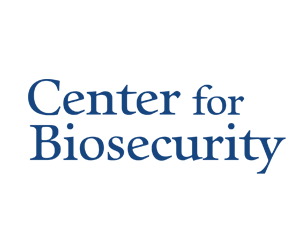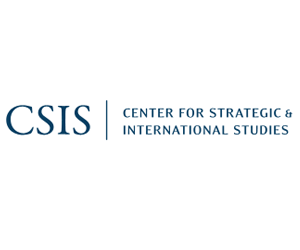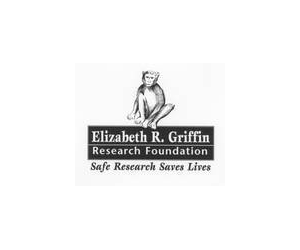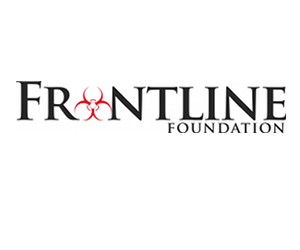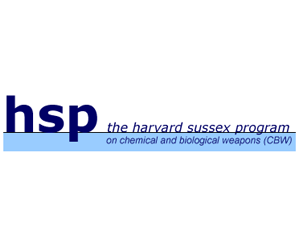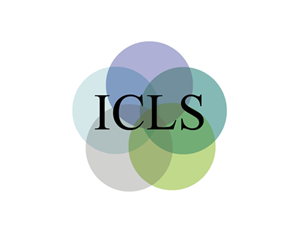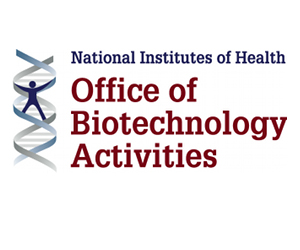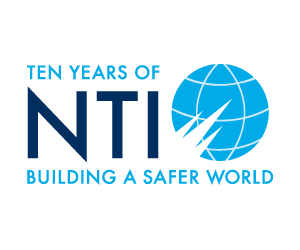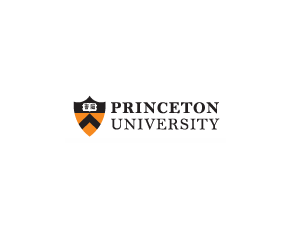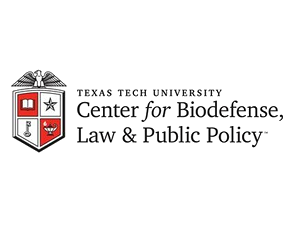Browse By Region
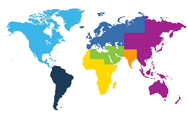
Browse By Category
Recent News
By Category: Agents & Toxins
Experts debate aspects of H5N1 transmission studies
(CIDRAP) In a description of the safety level and conditions at the lab, they wrote that the facility is regularly inspected by the US Centers for Disease Control and Prevention using US “select agent” rules for overseas labs. The most recent inspection in …
- January 24, 2012
- | Filed under North America, Agents & Toxins, Biosafety, Policy & Initiatives, and Research
Flu Researcher Ron Fouchier: ‘It’s a Pity That It Has to Come to This’
(Science AAAS) How much bioterrorism have we seen in the past? What are the chances that bioterrorists will recreate these viruses? And is it really true that publication of this research would give bioterrorists or rogue nations an advantage? …
- January 23, 2012
- | Filed under Europe, North America, Agents & Toxins, Biological Weapons, Bioterrorism, Policy & Initiatives, and Research
Scientists Find Protein Critical to Ebola’s Spread
(Global Security Newswire) Scientists have isolated a critical protein exploited by the Ebola virus in its spread through the body, the New York Times reported on Monday. The typically lethal virus did not affect biological cells without the protein, and its effect was limited in mice that had been genetically altered to produce less of Read More »
- January 19, 2012
- | Filed under North America, Agents & Toxins, and Research
Just Released: Clinicians’ Biosecurity Resource App
(Center for Biosecurity of UPMC) The Center for Biosecurity has just launched the Clinicians’ Biosecurity Resource (CBR) iPhone app, which is available at no charge through the iTunes App Store. The most dangerous potential biothreats: CBR provides rapid access to the information clinicians need to recognize disease caused by the most dangerous potential bioweapons and Read More »
- January 19, 2012
- | Filed under North America, Agents & Toxins, Countermeasures, Policy & Initiatives, and Public Health
Going viral
(Bulletin of the Atomic Scientists) We’ve been lucky. The avian influenza (H5N1) virus that first emerged in Hong Kong in 1997 — which killed six and caused 18 serious illnesses — has not acquired the ability to spread easily from person to person. Virtually all of the reported cases have involved contact with infected birds Read More »
- January 18, 2012
- | Filed under North America, Agents & Toxins, and Public Health

